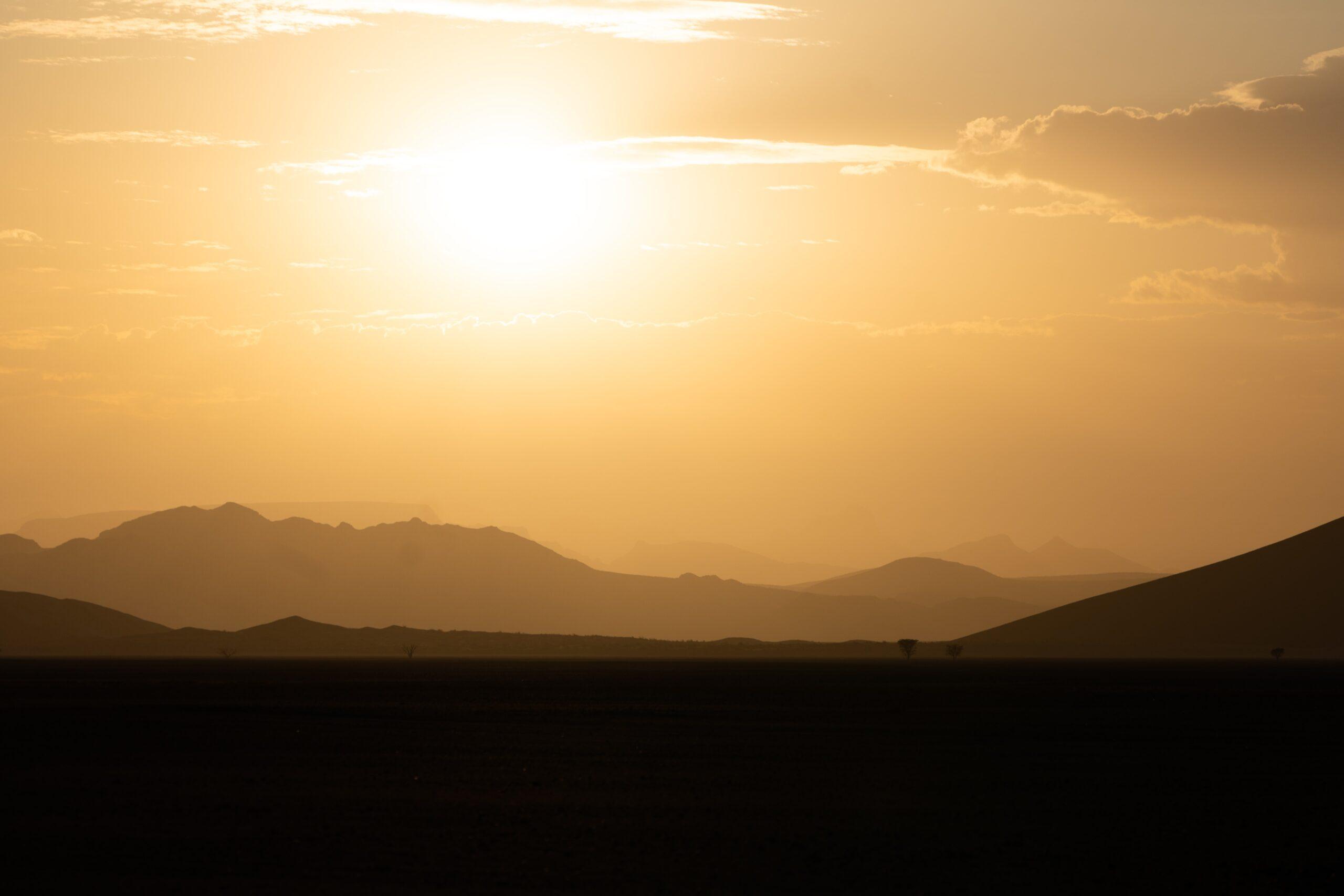Contents
- 1 Daylight saving time starts in the United States at 2 a.m. on the second Sunday in March.
- 2 When daylight saving time ends in the United States, it will be 3 a.m. local standard time on the first Sunday in November.
- 3 In 2020, that means well be turning our clocks forward one hour on March 8 and back one hour on November 1
- 4 Remember to set your clocks one hour forward or back in March and November
- 5 Conclusion
Daylight saving time, or DST, is the practice of having clocks run an hour earlier in the spring and an hour later in the fall. Its primarily used to save energy, but it can also be useful for business reasons. For example, if youre running a store in a mall that doesnt have its own electricity grid and relies on power from the local utility company instead then it may be more economical for your business to be open when there are more people around shopping (in summer when its light out longer) than when fewer people are home during winter months with shorter days).
Daylight saving time starts in the United States at 2 a.m. on the second Sunday in March.
Daylight saving time (DST) is the practice of advancing clocks during summer months so that evenings have more daylight and mornings have less. Its also known as summer time in many places around the world.
In the United States, DST starts at 2 a.m. local time on the second Sunday in March and ends at 2 a.m. local time on the first Sunday in November each year (except Hawaii and Arizona).
When daylight saving time ends in the United States, it will be 3 a.m. local standard time on the first Sunday in November.
When daylight saving time ends in the United States, it will be 3 a.m. local standard time on the first Sunday in November.
The date varies each year because its set by Congress, not by any sort of formula—but it is always on the same day of the week (the second Sunday) and always at 3 a.m. local time on that day.
Daylight saving time was established by an Act of Congress in 1918, but was repealed two years later when some states complained about losing an hour of sleep during WWIs gas rationing program (gas pumps had to be open from 6 p.m.). DST returned again during World War II as part of energy conservation measures; since then several bills have been introduced for its repeal or extension beyond four months every year but none have passed yet.
In 2020, that means well be turning our clocks forward one hour on March 8 and back one hour on November 1
The time change is two hours. The first weekend of each year, we turn our clocks forward one hour at 2am on the second Sunday in March (also called Daylight Saving Time). Then, when it’s time to go back to standard time, we turn our clocks back one hour at 2am on the first Sunday in November.
Remember to set your clocks one hour forward or back in March and November
Remember to set your clocks one hour forward or back in March and November.
To remember this, think of the old saying “spring forward, fall back.” The first day of daylight saving time is the second Sunday in March, so when we spring forward for daylight saving time on that day we lose an hour. In November, when we fall back for standard time, we gain an hour.
To set your clock manually, follow these steps:
- Find out if youre on Eastern Standard Time (EST), Central Standard Time (CST), Mountain Standard Time (MST) or Pacific Standard Time (PST). You can call 1-800-USA-TIME if you need help figuring this out.
Conclusion
So, remember to set your clocks one hour forward or back in March and November. Its a great time to enjoy the extra daylight after a long winter!

